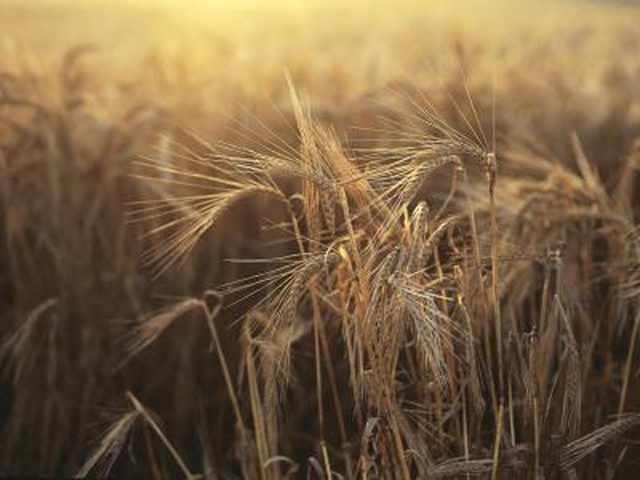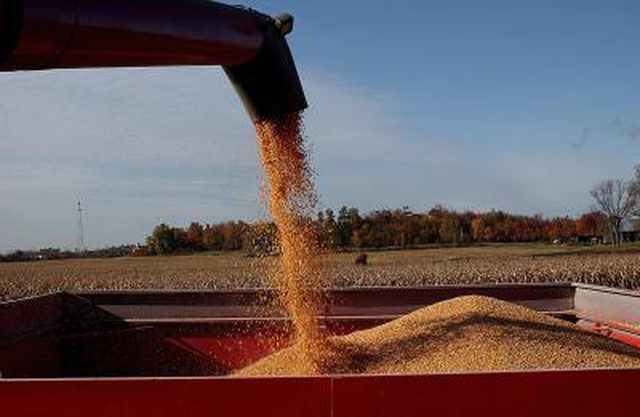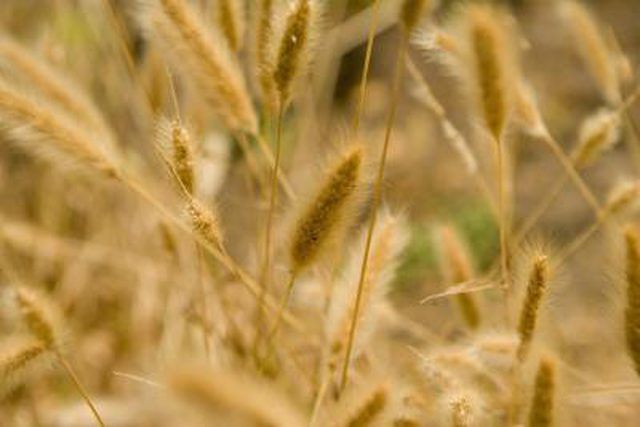Bulbs
Flower Basics
Flower Beds & Specialty Gardens
Flower Garden
Garden Furniture
Garden Gnomes
Garden Seeds
Garden Sheds
Garden Statues
Garden Tools & Supplies
Gardening Basics
Green & Organic
Groundcovers & Vines
Growing Annuals
Growing Basil
Growing Beans
Growing Berries
Growing Blueberries
Growing Cactus
Growing Corn
Growing Cotton
Growing Edibles
Growing Flowers
Growing Garlic
Growing Grapes
Growing Grass
Growing Herbs
Growing Jasmine
Growing Mint
Growing Mushrooms
Orchids
Growing Peanuts
Growing Perennials
Growing Plants
Growing Rosemary
Growing Roses
Growing Strawberries
Growing Sunflowers
Growing Thyme
Growing Tomatoes
Growing Tulips
Growing Vegetables
Herb Basics
Herb Garden
Indoor Growing
Landscaping Basics
Landscaping Patios
Landscaping Plants
Landscaping Shrubs
Landscaping Trees
Landscaping Walks & Pathways
Lawn Basics
Lawn Maintenance
Lawn Mowers
Lawn Ornaments
Lawn Planting
Lawn Tools
Outdoor Growing
Overall Landscape Planning
Pests, Weeds & Problems
Plant Basics
Rock Garden
Rose Garden
Shrubs
Soil
Specialty Gardens
Trees
Vegetable Garden
Yard Maintenance
Climate Conditions for Growing Wheat
Climate Conditions for Growing Wheat. Wheat is a quirky plant. It really makes its intentions known by the kind of crop produced under ideal weather or climate control. In particular, winter wheat thrives on cold temperatures. This is the vernalization or germination period in preparation for producing a crop in the spring. The vernalization period...
Wheat is a quirky plant. It really makes its intentions known by the kind of crop produced under ideal weather or climate control. In particular, winter wheat thrives on cold temperatures. This is the vernalization or germination period in preparation for producing a crop in the spring. The vernalization period is very important to wheat production.

The rise of the head of a wheat stalk at winter germination signals a healthy crop in the making, and cold temperatures are necessary to produce a worthy crop in the spring, according to the website for the Ohio State University and Purdue University extension services. The website states that in the year 2006, when Ohio's wheat crops declined, Paul Pierce, an Ohio State plant pathologist with the Ohio Agricultural Research and Development Center, explained that If winter wheat did not receive ideal conditions, it would not produce a crop and would appear only as straw.

According to the website thinkquest.org, wheat likes fairly dry and mild climates. Weather conditions dictate when wheat should be planted, the article states, and winter wheat is planted from September to November in narrow channels known as furrows. The website says the furrows become filled with snow, which protects the plants.
Spring wheat is planted from early March to mid-April and has a shorter growing period than winter wheat, according to thinkquest.org. The website says that both planting seasons allow the heads of the wheat plant to rise, which signals a quite healthy crop will emerge.

The U.S. Department of Agriculture reports that scientists are studying wheat proteins to learn how they are affected by heat, soil nutrients and other environmental conditions in which wheat plants are grown. The scientists aim to genetically influence better flours in the future for consumers.
Researchers have already concluded that gluten proteins have a primary role in influencing the quality of flour. They have deduced that wheat plants need metabolic proteins to form the gluten proteins that give cohesiveness to dough.
The scientists discovered that the "amounts of heat and fertilizer greenhouse wheat plants were exposed to affected levels of certain kernel proteins," the USDA website notes. That resulted in dough that could not withstand the necessary kneading and mixing process. Scientists will analyze kernel proteins' exact role and use that information to breed better wheat plants for the future.

As of June 2010, plans are being made for a new research project, sponsored by the Faculty of Agricultural Sciences of Denmark's Aarhus University, to identify and measure the implications of drought and heat stress on the yield and quality of wheat crops. Scientists aim to distinguish and engage the mechanisms for wheat to be productive under widely different climate conditions.

The hypothesis of the Faculty of Agricultural Sciences is that genetic variables in wheat species can increase tolerance to both heat and drought stress. An offshoot of that hypothesis will analyze yet another proposal to predict major long-term effects of such variables through genetic and physiological statistics with a view toward developing physiological screening methods.
The U.S. Department of Agriculture's first report on the progress of harvest for the 2010 U.S. winter wheat crop, as reported by aginfo.net, states that as of June 10, 3 percent of the crop had been cut, down from 6 percent for a five-year average for the same period.
Changing planting dates may be an option for taking advantage of a longer growing season, according to globalexchange.gov. It cites other options to be considered, such as the avoidance of crop exposure to climatic conditions and high temperature, stress, or low rainfall periods. Good outcomes, however, would be dependent on the region, the crop and the rate and amount of warming experienced.
Variable changes may affect supply and demand and competition in contending regions, and the prediction of planting date for the greatest profits becomes even more unpredictable because of the uncertainty about climate effects on local products, according to globalexchange.gov. The equation becomes more perplexing with the likelihood that products from competing regions may also be problematic.